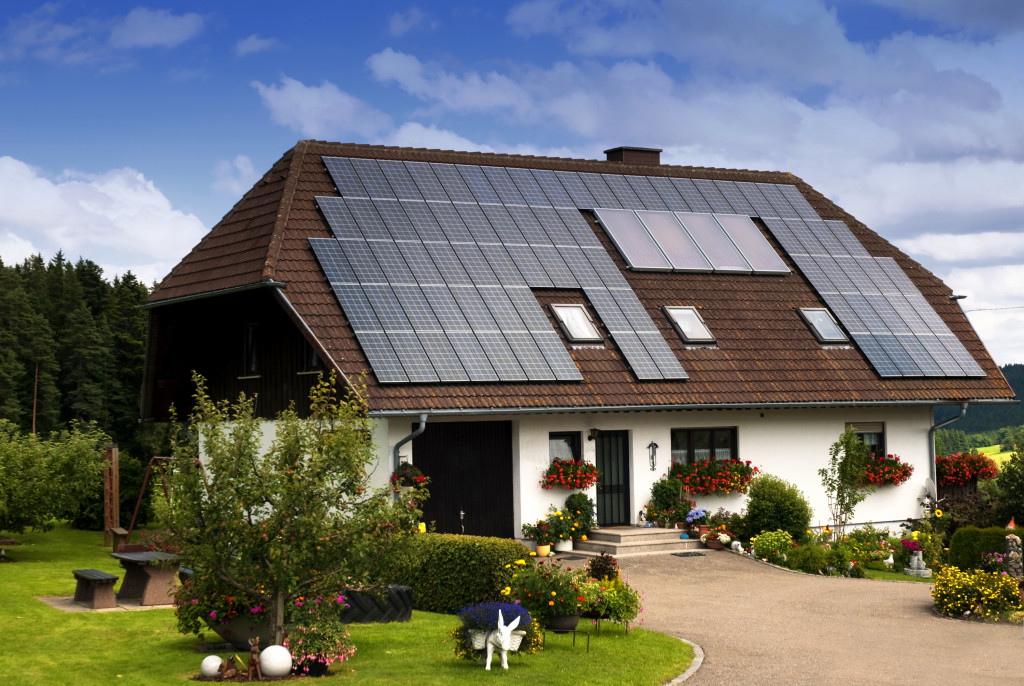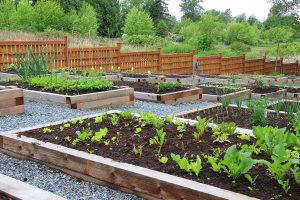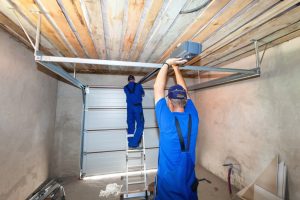When it comes to making your home more eco-friendly, there are a lot of things you can do. But if you’re looking for ways to make your home more energy efficient and durable, these tips should help.
1. Invest in Natural Materials
Natural materials are not only beautiful, but they last longer than synthetic materials. Wood, bamboo, cork, wool, cotton, linen, and jute are all great options for flooring, furniture, and accessories that are both stylish and long-lasting.
For example, you can buy a high-quality oak building kit that comes with natural insulation and finishes. Or, you can use wool rugs because they are naturally insulating and don’t require frequent replacement like synthetic ones would.
Plus, natural materials often require less maintenance than man-made materials like vinyl or tile floors which makes them easier on the environment as well as your wallet.
2. Improve Insulation
Investing in better insulation is one of the most effective ways to reduce energy bills while also improving the comfort of your home. Upgrading insulation can help keep cool air inside during summer months while keeping warm air inside during winter months so that you don’t have to use as much energy heating or cooling your home.
You can also look into using recycled or renewable insulation materials like recycled denim or cotton fiber that has been treated with borate pest control to make it pest resistant. For instance, installing a radiant barrier or using spray foam insulation to seal air leaks in your attic or crawlspace can make a big difference in your energy bills.
Moreover, if your home has single-pane windows, you should consider replacing them with double or triple-pane windows for improved insulation.
3. Invest in Quality Appliances
When it comes to energy efficiency, investing in quality appliances is essential. Buying high-efficiency models can help you save money on your energy bills over time by using less electricity or water per cycle.
Look for Energy Star-certified products and make sure to read reviews to ensure that the appliance you choose will last and remain efficient over time. Appliances such as air conditioners, heaters, dishwashers, refrigerators, washing machines, and dryers are all available in energy-efficient models that can help reduce your home’s carbon footprint.
Additionally, you should consider purchasing products made of recycled materials where possible and investing in eco-friendly cleaning products as well. This can help reduce your home’s overall impact on the environment and provide you with cleaner air and water in the long run.

4. Utilize Solar Power
Installing solar panels on your home’s roof is a great way to generate clean energy from the sun instead of relying on fossil fuels for power needs such as lighting or hot water heating systems. Solar panels come in a variety of sizes, so you can find ones that fit on almost any roof size or orientation, making them suitable for many homes regardless of location or style.
Additionally, some states offer tax credits for solar panel installation, which can make this an even more attractive option for those looking to save money while reducing their environmental impact at the same time!
Just make sure you’re doing your research and working with a reputable installer to get the most out of your solar system. Also, look into any rebates or incentives available in your area so you can maximize the potential savings.
5. Increase Air Circulation
Increasing air circulation throughout the house helps improve ventilation while also reducing moisture levels which helps prevent mold growth and mildew buildup over time. This can be done by opening windows regularly throughout the day to let fresh air in and release stale air.
You can also install fans throughout the house, run exhaust fans when cooking, invest in an attic fan, clean ducts regularly, use an indoor plant humidifier, invest in an ozone generator, as well as utilize dehumidifiers if needed based on humidity levels in certain rooms or areas.
To become even more efficient, consider installing a whole-house dehumidifier that can be set to the specific needs of your home for optimal air quality and energy efficiency.
6. Utilize Rainwater Collection
Installing rain barrels is another great way to conserve water while helping reduce water bills at the same time! Rain barrels collect rainwater runoff from roofs into large containers where it can be used for watering plants or gardens outside.
Some indoor uses, such as flushing toilets, and others, depending on local regulations and requirements, can also be considered. This helps conserve water and reduces pollution caused by stormwater runoff when large amounts of rainwater are released into rivers or streams too quickly after heavy storms, thus causing erosion damage.
Moreover, rainwater is free of the chemicals and minerals that are often found in tap water, making it a better alternative for things like washing cars or other outdoor activities.
Making small changes around our homes can have a big impact when it comes to creating a more eco-friendly atmosphere while making your home more durable at the same time! By utilizing natural materials, improving insulation, solar power, increasing air circulation, and collecting rainwater, everyone can work together towards creating a healthier planet without sacrificing comfort or style in their homes!






